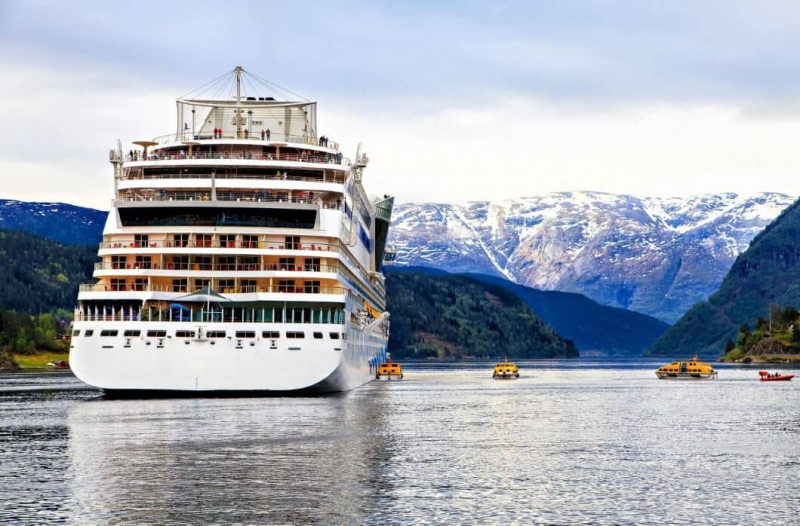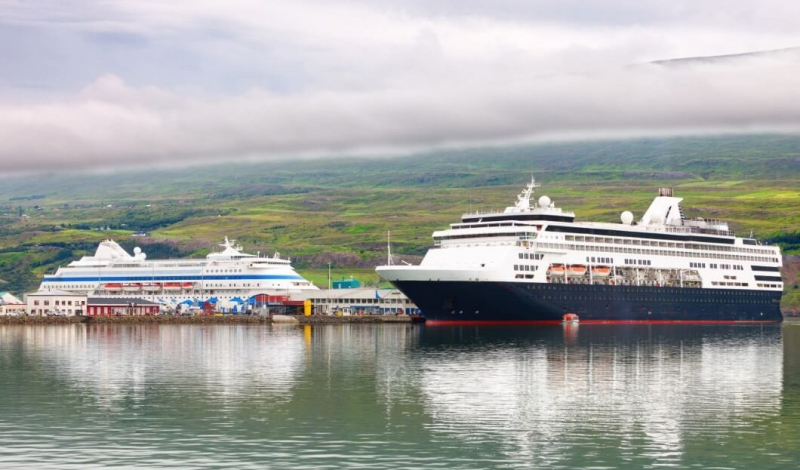The stark volcanic vistas and geothermal wonders that beckon adventurers to Iceland might soon become unusually quiet, as cruise companies seem to be seriously considering leaving this North Atlantic jewel. Cruise Iceland, which is a trade group for local harbor operators, tourism businesses, and other associated trades, has voiced a worry that a newly implemented passenger tax—instituted early in 2025—appears to have set off a series of cancellations, thereby cutting bookings by more than half in some key Icelandic ports through 2027.
The tax, which levies 2,500 Icelandic krónur (roughly $18.50) for each cruise passenger that disembarks, has encouraged operators to possibly consider changing their routes towards places like Norway or even Greenland that don’t have taxes of that sort. “This tax is actually scaring away the very ships that actually support our remote communities,” said one of Cruise Iceland’s spokespersons, highlighting the intense effect on Iceland’s smaller, more out-of-the-way ports. Preliminary projections suggest not a great outcome: perhaps a 17% reduction in total ship visits by 2026 and an even more substantial 37% decrease in 2027, when compared to 2024’s healthy shipping numbers.
Remote Havens Hit Hardest
The impact appears to be most severe in Iceland’s more remote locations, where cruises are often an important part of the economy. Consider Borgarfjörður Eystri, a fjord-filled area on Iceland’s eastern coast: at one point anticipating 28 calls sometime in 2027, it’s now expected to only have just one. Similar declines are felt at a ripple effect throughout ports such as Seyðisfjörður and Grundarfjörður, where money from tourism provides for everything ranging from small family-run inns to local fisheries.
When tonnage is taken into account—a measure reflecting overall size of the cruise industry— the downturn is also substantial: 12% fewer ship arrivals in 2026, climbing perhaps to a 23% decline by the year 2027. “It isn’t only that there are fewer ships, it’s that there seems to be an overall retreat of expedition ships, from large mega-liners to smaller vessels,” the Cruise Iceland analysis notes. The organization puts the estimated economic losses at about 1,698 million Icelandic krónur (which is approximately $12.5 million) each year—a number that is strikingly close to the government’s own expected tax revenue of around $10 million a year.
Click here to preview your posts with PRO themes ››

A Zero-Sum Gamble on Fair Play?
Those in favor of the tax have suggested it as a way to level the playing field, so that cruise visitors help pay for the extra demands placed on the infrastructure because of increasing tourism. Even so, critics have called it a broad-brush tool that puts Iceland’s cruise industry at a disadvantage. At 525% of the cost of a modest hotel room for two, the tax “makes for unequal competition between those on land and on cruise ships,” Cruise Iceland suggests, potentially undermining diversity the policy purportedly aimed to support.
As cruise schedules solidify, the effects could extend far beyond Iceland’s ports: lost employment in tour services, transportation, and also hospitality; less revenue coming from abroad; and perhaps a setback to Iceland’s recovery in tourism since the pandemic. With 2026 getting closer, there are growing calls for reconsideration—perhaps exemptions for cruise lines that focus on eco-friendly practices, or offering discounts at rural locations—to help save a segment of the economy that, before the tax, seemed to be showing steady growth due to Iceland’s enduring appeal because of its mix of volcanoes and ice.
As of right now, Iceland’s cruise schedules are looking emptier, serving as a warning about how a well-intentioned tax might negatively impact the path of a thriving industry.


